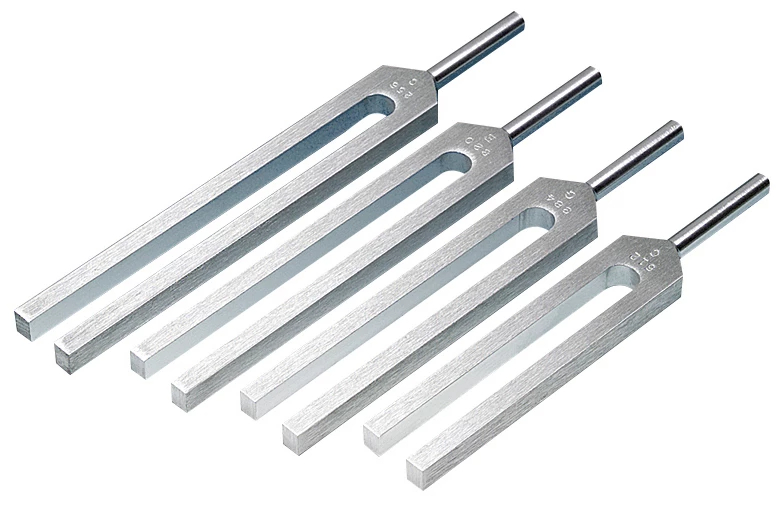Introduction:
Tuning forks, often associates with the world of music and holistic healing, possess a lesser-known yet equally significant role in the realm of surgery. While they’re renown for their therapeutic vibrations, tuning forks also serve as invaluable surgical instruments, aiding healthcare professionals in various procedures. In this comprehensive exploration. We unveil the multifacetes nature of tuning forks,
Tuning Forks:
Instruments of Harmony and Healing: Traditionally crafted for tuning musical instruments, tuning forks have transcended their musical origins to become indispensable tools in alternative medicine and holistic healing practices. These metal instruments, with their two prongs and distinct frequencies, emit soothing vibrations that resonate with the body’s energy centers. Sound therapists and healers utilize tuning forks to alleviate stress, promote relaxation, and restore balance to the mind, body, and spirit.
The Surgical Symphony:
Tuning Forks in Surgical Practice:
Beyond their role in holistic healing, tuning forks find a surprising application in the field of surgery. Surgical tuning forks, crafted with precision and durability, serve a variety of functions in the operating room. One of their primary uses is in neurosurgery, where they aid in the assessment of hearing function during delicate procedures involving the cranial nerves. By vibrating against the patient’s skull, surgical tuning forks help surgeons determine the integrity of auditory pathways and identify any abnormalities that may require attention.
Precision and Accuracy:
The Key Characteristics of Surgical Tuning Forks: Surgical tuning forks are engineer with meticulous attention to detail, ensuring optimal performance and reliability in clinical settings. Constructes from high-quality materials such as stainless steel or medical-grade alloys, these instruments are designed to withstand the rigors of surgical procedures while maintaining their precise frequency. Their ergonomic design facilitates easy handling and maneuverability, allowing surgeons to perform intricate tasks with confidence and accuracy. Whether uses in cranial surgery, orthopedics, or otolaryngology, surgical tuning forks play a vital role in ensuring surgical precision and patient safety.
Applications Across Specialties:
The versatility of surgical tuning forks extends beyond neurosurgery to encompass a wide range of medical specialties. In orthopedic surgery, tuning forks are utilize for assessing bone density and conducting diagnostic tests for fractures and joint abnormalities. Additionally, in otolaryngology (ENT) procedures, tuning forks aid in the evaluation of hearing function and the diagnosis of conditions such as conductive and sensorineural hearing loss.
The Evolution of Surgical Techniques:
As technology continues to advance, surgical techniques evolve to innovative approaches and tools. While traditional tuning forks remain integral to certain surgical procedures. Modern advancements have introduces alternative technologies for auditory testing and surgical guidance. However, the enduring reliability and simplicity of tuning forks ensure their continues relevance in surgical practice, serving as time-test instruments that complement and enhance the capabilities of cutting-edge surgical techniques.
Conclusion:
In conclusion, tuning forks embody a blend of tradition and innovation. Serving dual roles as instruments of healing and precision in both holistic therapies and surgical practice. While their therapeutic vibrations bring solace and balance to the mind and body. Their surgical counterparts play a vital role in ensuring accuracy and efficacy in medical procedures.

